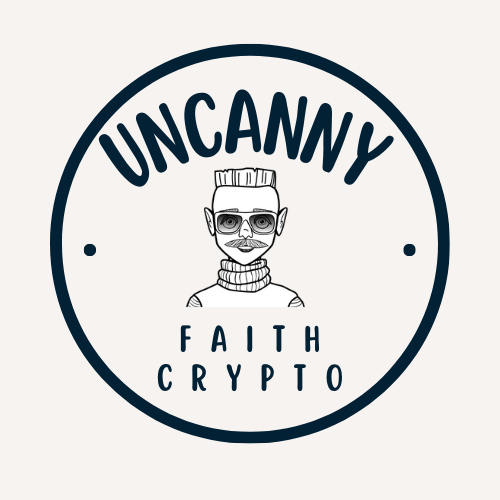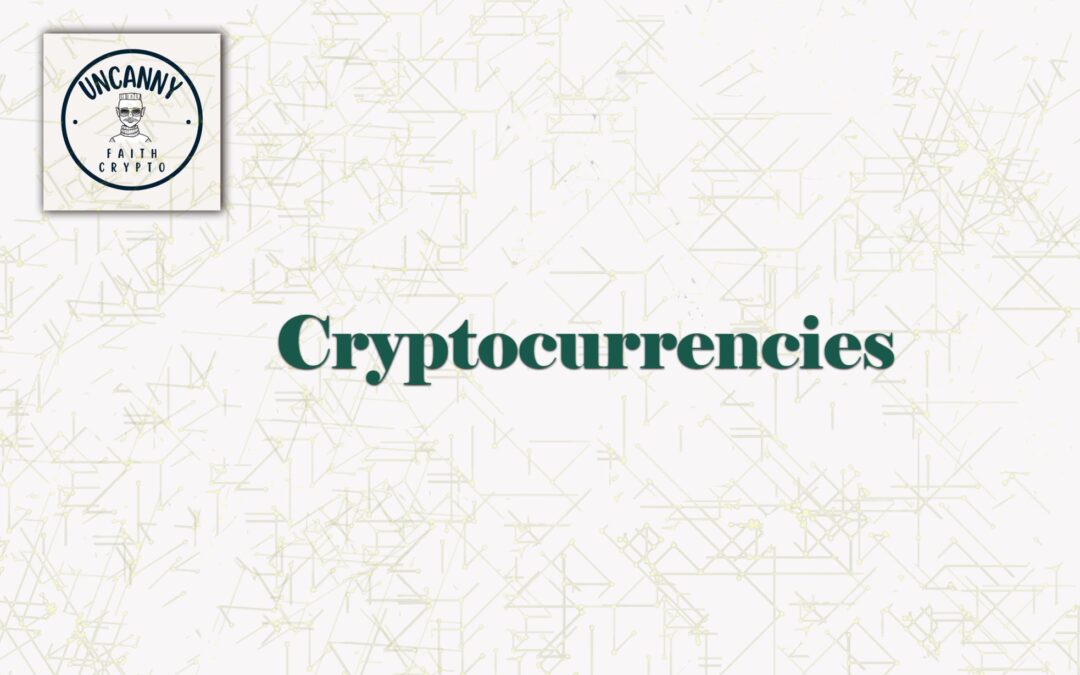In the ever-evolving world of cryptocurrency, staying ahead of the curve requires a pivotal focus on emerging technologies and trends reshaping the market. One protocol that’s consistently making waves is Mina Protocol. As we head into 2025, the buzz surrounding Mina Protocol continues to grow, making it a critical topic for both investors and enthusiasts alike.
Whether you’re a seasoned crypto veteran or just dipping your toes in, understanding Mina Protocol’s potential in 2025 can help you anticipate future trends and identify actionable opportunities. Let’s dive deep into the topic, decode its potential impact on the wider cryptocurrency landscape, and explore the must-know predictions.
What is Mina Protocol? A Quick Refresher for 2025
Mina Protocol is often referred to as the world’s lightest blockchain. Unlike most blockchains that continuously grow in size (making them cumbersome over time), Mina’s blockchain remains a fixed size of just 22 kilobytes — about the size of a couple of Tweets. This innovative design, powered by zk-SNARKs (Zero-Knowledge Succinct Non-Interactive Arguments of Knowledge), ensures scalability, efficiency, and decentralisation.
Why Does Mina Protocol Matter in 2025?
Fast forward to 2025, Mina Protocol stands out as a significant player amidst networks that struggle with increasing size and complexity. Its small, efficient structure and focus on privacy push it to the forefront of blockchain 3.0 platforms, where scalability and security are paramount. As industries like supply chain management, digital identity, and decentralised finance (DeFi) grow in complexity, Mina provides a technological foundation to tackle privacy and usability challenges.
The Trends Driving Mina Protocol in 2025
Several evolving trends in the blockchain and cryptocurrency space underpin Mina Protocol’s growing prominence. Let’s explore some of the forces shaping Mina’s forward momentum.
1. Privacy as a Non-Negotiable Standard
In 2025, privacy isn’t just an optional feature for blockchain projects; it’s a baseline expectation. Cybersecurity concerns, regulations like Europe’s GDPR, and growing public awareness about protecting personal data have made protocols with in-built privacy design (like Mina Protocol) highly desirable.
Mina’s zk-SNARK technology enables users to validate transactions without revealing details. Within industries like decentralised ID (DID) and personal data-sharing frameworks, Mina is carving its niche as a privacy-first platform — potentially replacing or supplementing outdated, privacy-compromised networks.
2. Lightweight Blockchains for IoT and DeFi
Decentralised Finance (DeFi) continues to explode, but interoperability and transaction costs plague larger networks. Similarly, the Internet of Things (IoT) adds billions of devices to global networks, increasing demand for lightweight, scalable blockchain solutions.
Traditional blockchains can struggle to handle the resource constraints of IoT devices. Mina Protocol’s lightweight size makes it the go-to option for projects looking to integrate blockchain into IoT applications.
Meanwhile, DeFi developers will likely flock to Mina’s ecosystem to build applications with lower fees, faster transaction speeds, and built-in privacy — without the burden of heavy infrastructure.
3. GameFi and the Era of On-Chain Applications
2025 is poised to be the year on-chain gaming (GameFi) becomes mainstream. Games require blockchains that balance speed, efficiency, and decentralisation. With players increasingly valuing true ownership of in-game assets (backed by NFTs), protocols like Mina offer the infrastructure to support seamless game mechanics.
Mina’s minimalistic nature also means blockchain applications in gaming are less resource-intensive, creating a frictionless experience that appeals to both developers and users. Imagine immersive games powered by Mina where smart contracts are executed within seconds, without taxing computational resources.
4. Expanding Use Cases in Digital Identity
Digital identity is one of the most promising sectors for blockchain adoption in 2025, addressing issues like fraud, identity theft, and access control in a hyper-digitalised world. Mina is uniquely positioned to lead due to its zk-SNARK-based architecture, which allows for secure identity verification without revealing sensitive information.
Picture a world where verifying your identity for a bank transaction or logging into a website doesn’t require sharing more data than absolutely necessary. Organisations and governments are increasingly adopting decentralised ID solutions, and Mina Protocol’s innovative model places it at the cutting edge of this transformative movement.
Mina Protocol’s Game-Changing Predictions for 2025
Having gained a solid foothold in the cryptocurrency space, Mina is set to reach new heights by 2025. Here are some impactful predictions on how Mina Protocol could change the game entirely:
1. Mina as the Foundation for Web3
By 2025, Web3 technologies — the decentralised version of the internet where users have ownership over their data — will likely dominate. Mina Protocol’s unique focus on lightweight, privacy-enhanced solutions positions it as the backbone of Web3 strategies.
Expect Mina to fuel decentralised applications (dApps) and innovations that run directly on users’ devices via highly efficient cryptographic proofs.
2. Increased Developer Adoption
The developer ecosystem around Mina Protocol has already seen growth in recent years. In 2025, this trend is likely to accelerate, with Mina attracting top-tier talent from Ethereum and other blockchain platforms. This shift could result in a snowball effect, with more dApps being built and higher rates of adoption across diverse industries like supply chain management, AI, and healthcare.
3. Cross-Chain Compatibility Will Be the New Normal
Another important trend for Mina Protocol is interoperability. By 2025, Mina could become compatible with major blockchains like Ethereum, Cardano, and Solana through cross-chain bridges or partnerships. Such compatibility will make it easier for developers to migrate or integrate apps, increasing Mina’s utility as a complementary protocol rather than a competitor.
4. Broader Institutional Interest
As regulation matures and institutional adoption of blockchain technologies continues to grow, Mina Protocol is likely to attract significant interest from enterprises and governments. Mina’s lightweight infrastructure offers a cost-effective way to incorporate blockchain into legacy systems without massive overhead issues. Its compliance with privacy standards will also be a decisive factor in cutting through red tape.
5. Adoption in Emerging Economies
Emerging economies often face challenges such as currency instability and underdeveloped banking systems, making them prime candidates for blockchain solutions. Mina’s lightweight and user-friendly design makes it highly accessible for users in rural areas with limited internet connectivity. In 2025, we may see Mina solutions powering financial inclusion projects worldwide.
How to Leverage Mina Protocol’s Growth in 2025
For those looking to benefit from Mina Protocol’s growth, here are actionable tips:
- Invest Wisely: Research current developments and partnerships within the Mina ecosystem. Keep track of technological advancements and adoption rates to time your investments strategically.
- Explore Developer Opportunities: If you’re a developer, consider building on Mina. Learning about zk-SNARKs could make you highly sought-after within its ecosystem.
- Watch for Updates: Regularly check Mina’s roadmap and updates to stay ahead of major announcements or protocol upgrades.
- Diversify Use Cases: Don’t limit your understanding of Mina to cryptocurrency alone. Larger implications in industries like healthcare, finance, and digital identity offer additional ways to profit indirectly.
Common FAQs About Mina Protocol
Below are some frequently asked questions, perfect for clearing up lingering doubts about Mina Protocol:
1. Why is Mina Called the "World’s Lightest Blockchain"?
Mina remains small (22 KB) by utilising zk-SNARKs, which compresses blockchain data. Other blockchains can run into gigabytes in size, making Mina an anomaly in terms of efficiency.
2. Can Mina Protocol Compete with Giants Like Ethereum?
Mina doesn’t aim to replace Ethereum outright but rather complements it with lightweight, privacy-first applications. This versatility enables cross-chain collaboration rather than direct competition.
3. Is Mina a Safe Investment in 2025?
While no investment is entirely risk-free, Mina’s focus on cutting-edge tech and growing adoption make it an attractive option for long-term portfolios. However, thorough research is essential.
4. What Industries Will Benefit Most from Mina Protocol?
Industries focused on privacy, decentralisation, and scalability — such as supply chain management, IoT, healthcare, and gaming — will benefit significantly from Mina Protocol.
The Future of Mina Protocol in 2025
As cryptocurrency matures into a cornerstone of global technology, innovative protocols like Mina are shaping the stories of tomorrow. Its lightweight, privacy-centric design resolves several pain points that larger blockchains face today, making its future incredibly bright.
By staying ahead of these trends, you have the opportunity to become a part of something revolutionary. Whether you’re looking to invest, develop, or integrate its technology, Mina Protocol in 2025 offers a wealth of possibilities.
Ready to explore Mina Protocol and join the future of blockchain? It’s time to position yourself for success in this dynamic landscape.

